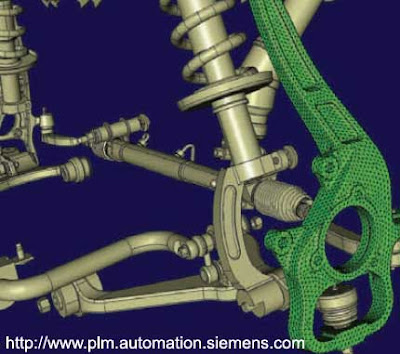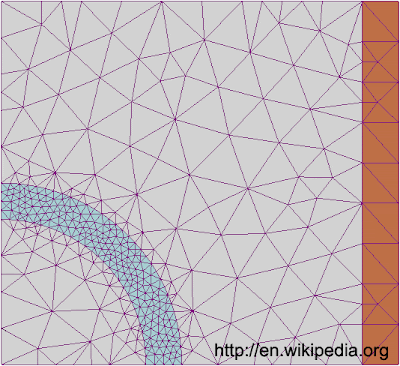Stepper Motors and Linear Induction Motors

A linear induction motor is made up of an inductor which is made of individual cores with a concentrated poly phase. Linear induction motor can be directly substituted for ball screw drives, hydraulic drives, pneumatic drives, or cam drives . A linear induction motor is basically what is referred to by experts as a “rotating squirrel cage” induction motor . The difference is that the motor is opened out flat. Instead of producing rotary torque from a cylindrical machine it produces linear force from a flat machine. The shape and the way it produces motion is changed, however it is still the same as its cylindrical counterpart. There are no moving parts, however and most experts don’t like that. It does have a silent operation and reduced maintenance as well as a compact size, which appeals many engineers. There is also a universal agreement that it has an ease of control and installation. These are all important considerations when thinking about what type of device you want to crea






